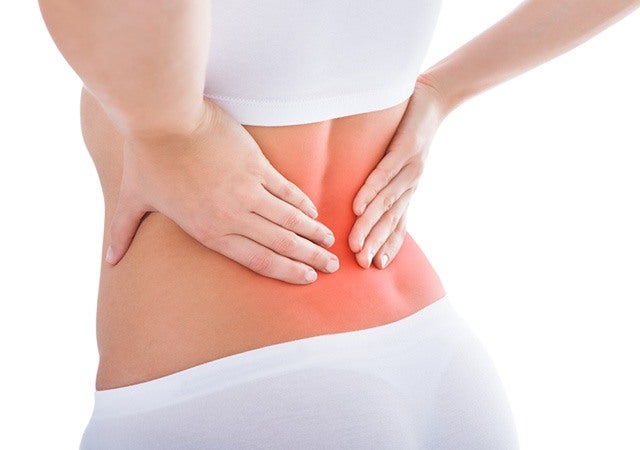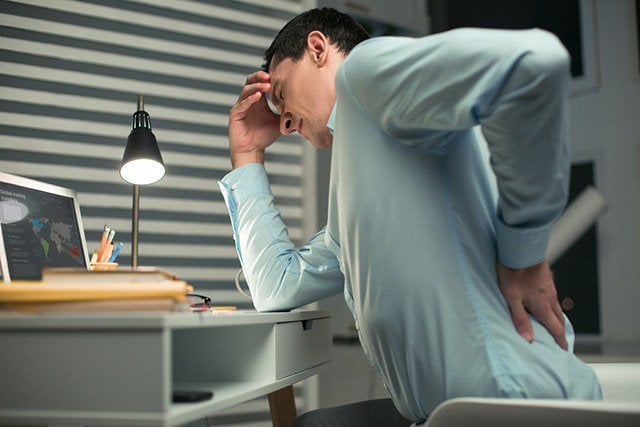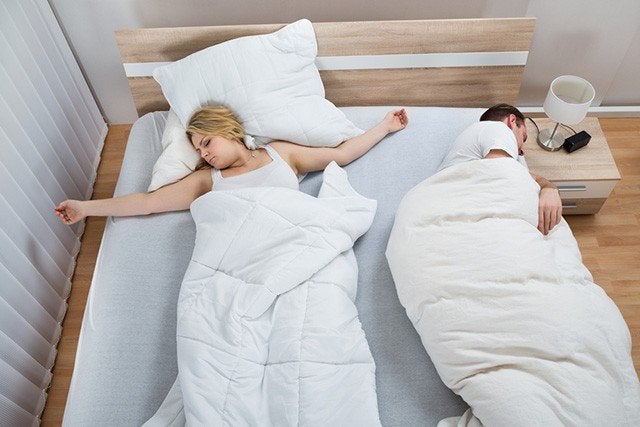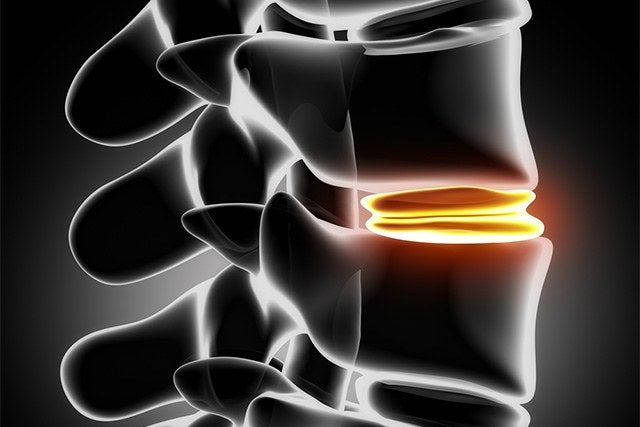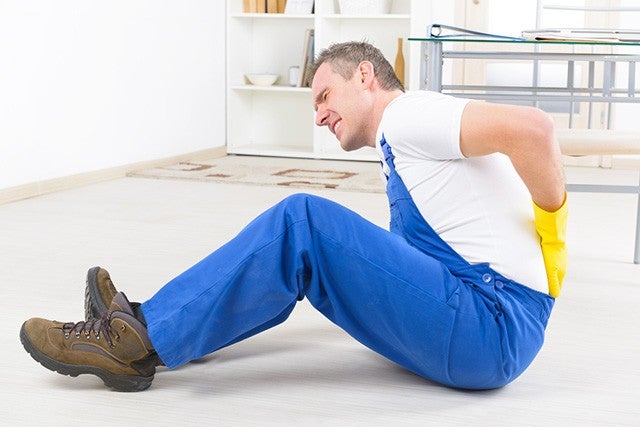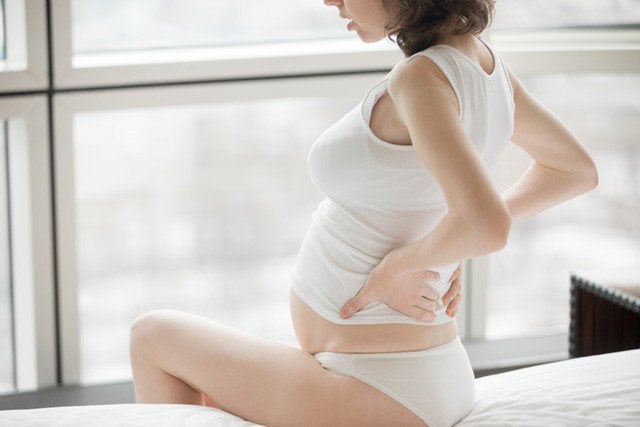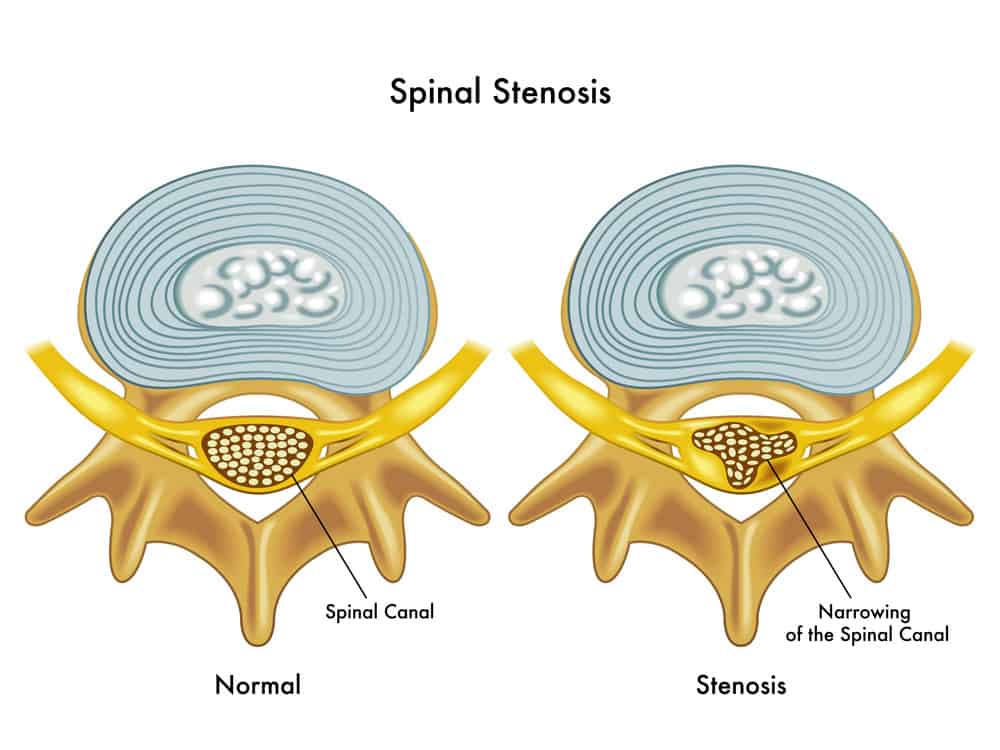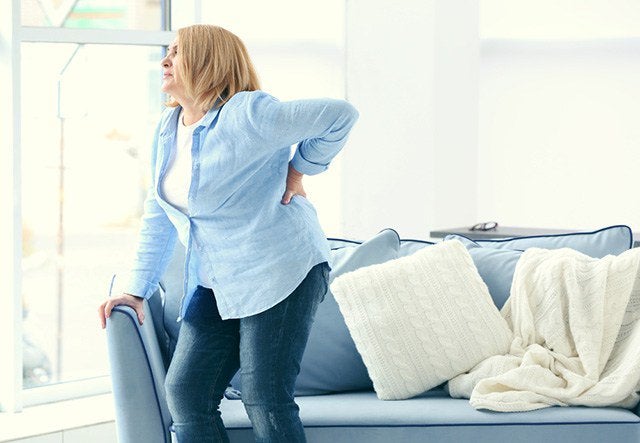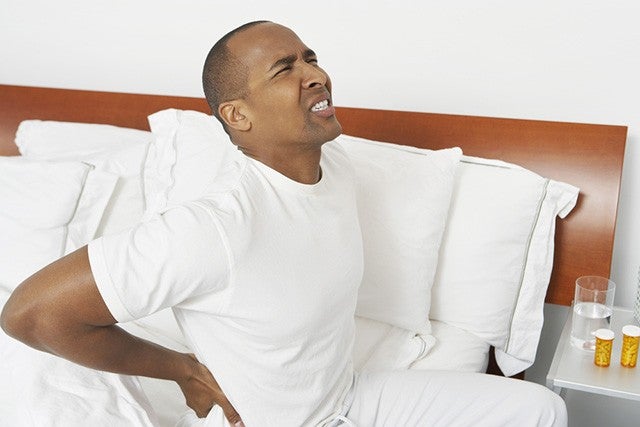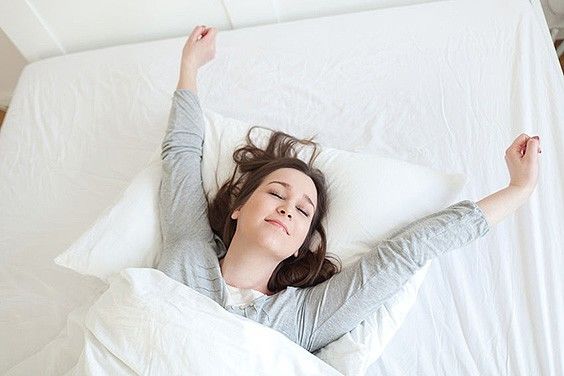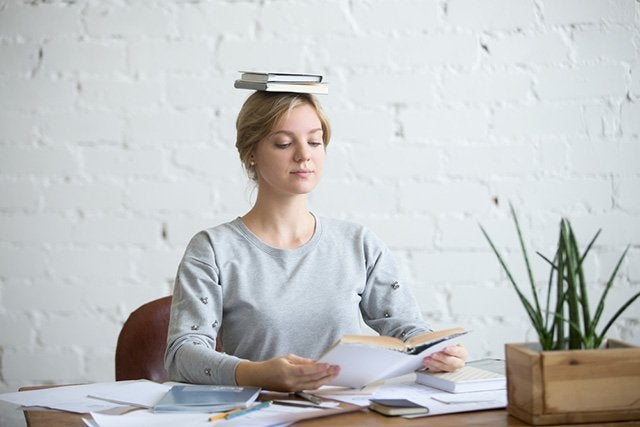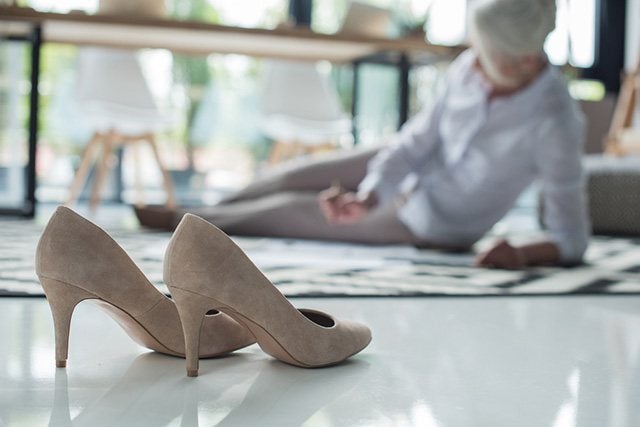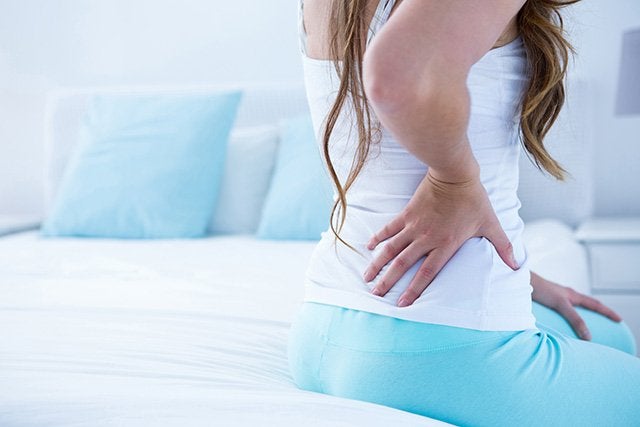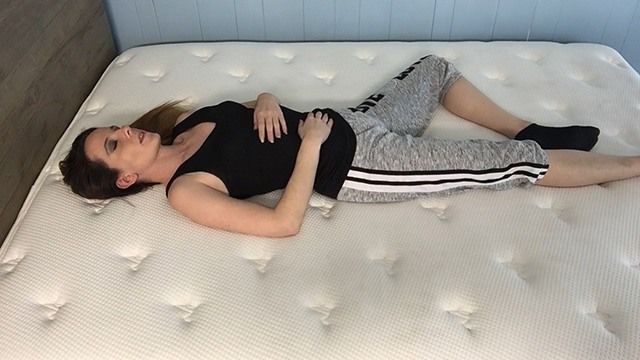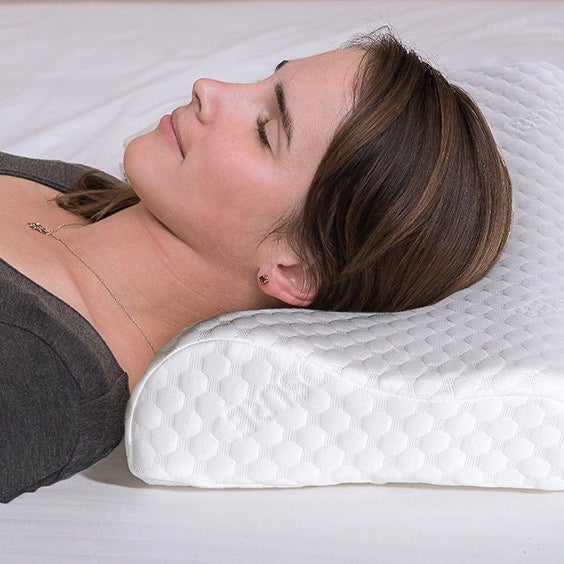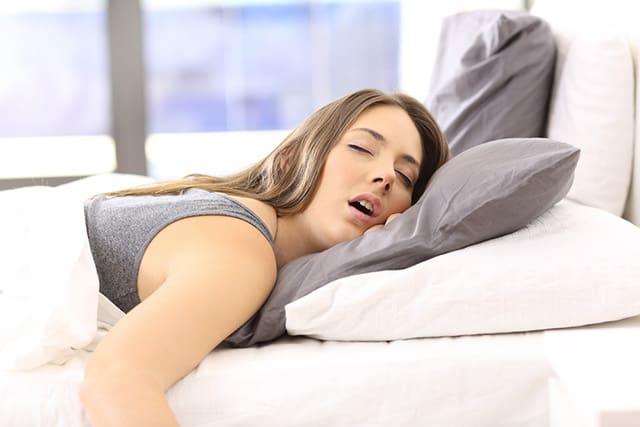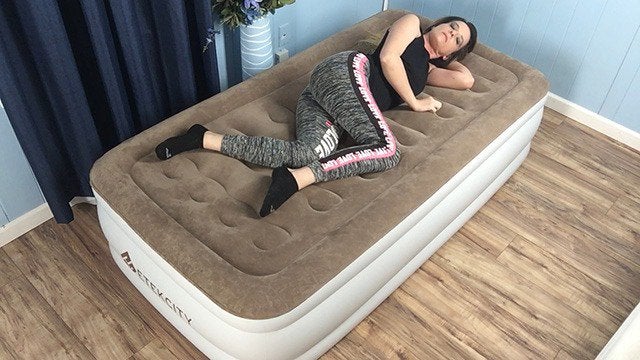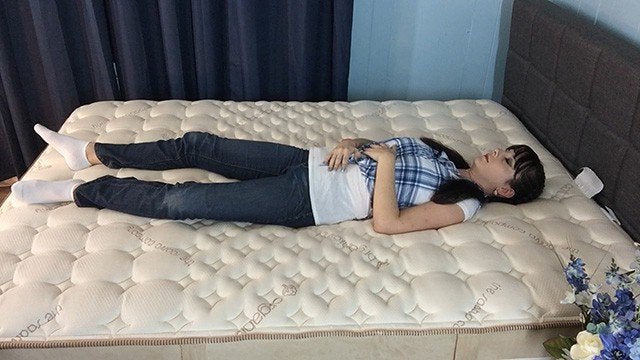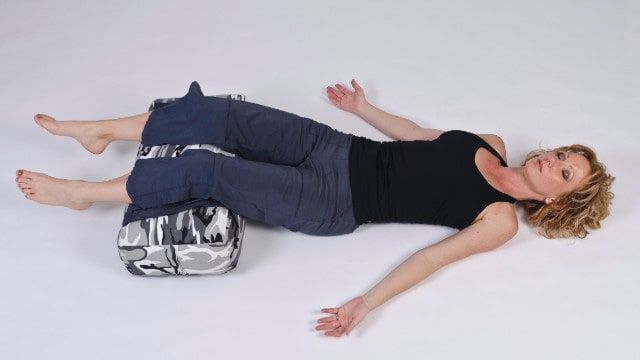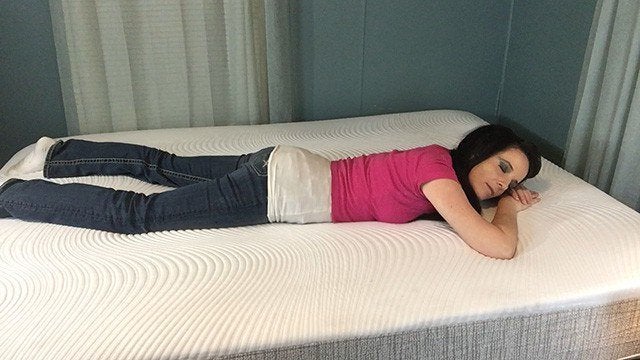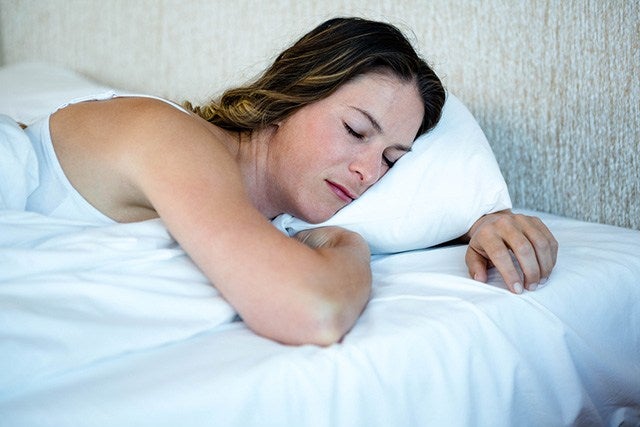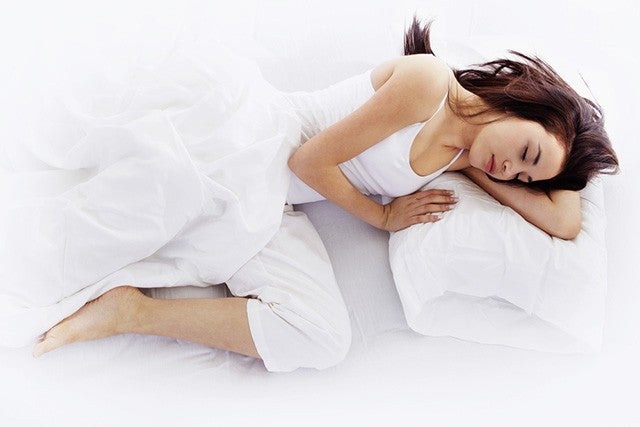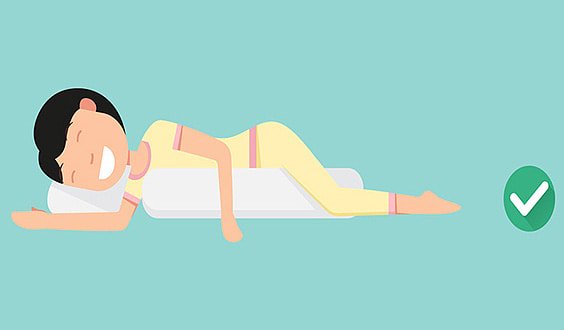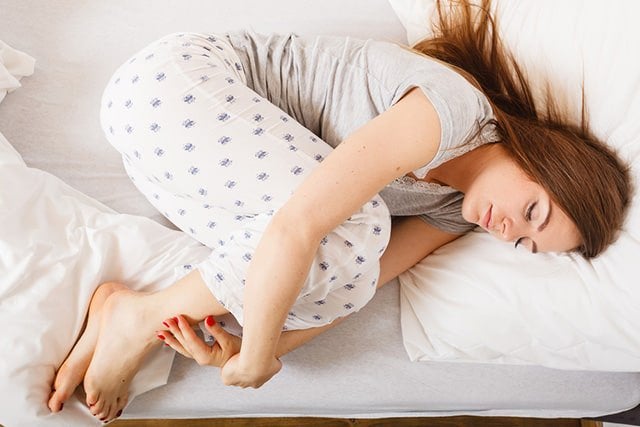Back pain plagues millions of people worldwide, and it can hinder not only your lifestyle but your ability to work and sleep. The biggest problem with back pain is that there is no single cause, and you can experience pain in various areas of your back, so that if you remedy one issue, another could become a problem. When all you want is to live without pain, a backache can be more than a little frustrating.
One of the worst things about the issue is how closely back pain and sleep are related. While back pain can keep you from sleeping, it seems that sleeping sometimes proliferates the issue. So, how do you resolve the vicious cycle entered when you experience problems with back pain and sleep interruption? How can you address the underlying conditions that cause back pain and relieve yourself so you can live a fuller, happier life with more restful sleep?
You may be interested in: Sleep Tips and Bedding Guides for Back and Joint Pain
The Stats
Back pain is one of the most common ailments in the world. In fact, it’s estimated that around 80 percent of the population will, at some point, suffer from back problems of some kind. That’s a lot of people! And on top of that, more than half of all working Americans have symptoms of back pain every year, a staggering number, especially considering that more and more offices are switching to ergonomic seating and even desks that are elevated for standing and better posture.
Have you looked at the reasons people have to enroll in disability payout? If you did, you’d find that back pain is the number one cause of disability worldwide, the number of enrollees with back problems far outnumbering any other condition. That means you shouldn’t be surprised to hear that, aside from upper respiratory infections, back pain is the leading reason for people to visit the doctor’s office. It’s also among the most common reasons for missing work, even without seeing a doctor.
Try putting a number to that in terms of cost. It’s difficult, considering that only some of those expensive can be quantitated and defined as related to back pain. But of those most easily identified costs, Americans spend over $50 billion a year on the ailment. To make matters worse, back pain is not typically due to a serious condition, such as infection, arthritis and related inflammation, cancer, or fractures. In fact, the average back pain is “mechanical” or “non-organic”, making it more difficult to treat and remedy.
Source of Back Pain
Trying to determine the exact source of back pain, especially in the lower back, can be extremely difficult because the back is such a complex structure. It’s a massive network of muscle, bone, joints, and ligaments that all function in tandem, meaning it could be any one small part of the back that’s damaged. You could rupture a disk, pull a muscle, irritate a joint, tear a ligament, or experience any number of small, singular injuries that lead to overall strain on the back, causing extreme discomfort.
Interestingly enough, the source of these small injuries and irritations is commonly misconstrued. While sports and accidents are often blamed for the majority of back issues, the truth is that lower back pain is more often caused by small, simple movements, such as bending to pick something up. In addition, while underlying diseases in the body such as kidney stones, osteoporosis, blood clots, and similar, can cause back pain, these are not as common a problem as lower back pain resulting from arthritis, obesity, poor posture, and most commonly, psychological stress.
Because stress can manifest in physical ways, it can actually lead to having or worsening existing back pain. On top of that, the tension in muscles due to stress makes them more susceptible to injury, which can increase the risk of experiencing more prominent back pain in the future. But how can you relieve this stress and treat your back pain without the use of opioids, which have created an epidemic of dependency and addiction?
Why Sleep Causes or Worsens Lower Back Pain
Let’s face it – we tend to sit in positions that aren’t great for our bodies. Why would sleep be any different? When you sleep, muscles, tendons, and ligaments relax, which then leads to less support for your bones. Whether that’s from laying on your back, on stomach, or side. In addition, your sleep position can cause your spine to misalign, which creates further problems with chronic pain. Some of the things that can cause back pain to worsen with sleep include:
Spinal movement and misalignment while sleeping
Disk degeneration (degeneration of the tissue between your vertebrae)
Irritation of injury that causes swelling
Certain conditions, such as obesity and pregnancy
Diseases like spinal stenosis (narrowing of the spinal column), endometriosis, and cancer
Arthritic flare ups
While many of these issues are concerning, they are all fairly common and can easily be treated with relief in mind. But how do you know if the cause of your pain is something more serious, such as an infection in your spine or even AS, a condition in which the spine begins to essentially freeze, fusing into a position that won’t allow motion? There are certain signs that would indicate your back pain is more than just a symptom of the way you sleep or in relation to one of these more common underlying conditions.
Check your legs.
- If the pain radiates down one or both legs, or you have numbness, tingling, or extreme weakness in your legs with your back pain, you should see your doctor.
Check for fever.
- If you have an actual fever, or the spot where you’re experiencing pain is overly warm to the touch and feverish, this could be cause for concern.
How is your abdomen?
- If you have pain or a throbbing sensation in your abdomen, or you’ve been experiencing problems with bladder or bowel control that you weren’t having before the back pain started, you should get a professional opinion.
Have you lost weight without explanation?
- If you’re watching pounds drop but having changed your diet or exercise regimen, seek advice from a health care professional.
If you have a history of cancer, trauma, or a suppressed immune system.
- You should at least have your back pain checked out by your primary care physician to assure that it’s not related to previous problems.
None of these conditions are common, and if you’re having chronic back pain, you should consider the more common causes prior to jumping to conclusions about deeper health issues. However, with one or more of the above symptoms, it may be time to check things out a with a little more concern.
Daily Prevention of Back Pain
While back pain may be related to sleep and your position, stopping the cycle involves making changes to your daily regimen as well, especially if you aren’t participating in good habits currently. Remember, your back is your main support system, and pain in this area can affect the entire well being of your body. In fact, it’s difficult to function and maintain good mental health based on the presence of this chronic pain. Consider the merit of employing good habits, such as:
Eating a healthy diet with the right minerals and vitamins to support bone strength and muscle growth
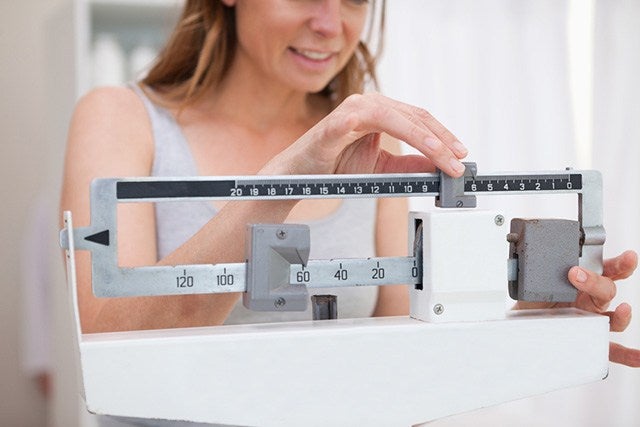
Remaining active and avoiding long periods of inactivity and bed rest, which can cause muscle stiffness and atrophy
Stretching throughout the day to remain relaxed, and stretching prior to exercising to avoid injury. Get down on floor, mat, or even your bed and stretch it out.
Keeping good posture throughout the day and even speaking to your supervisor about ergonomic seating and working conditions. Sitting in a bad chair for too long, even a few hours, can do some damage.
Avoiding heels and assuring that you have proper support in your shoes to avoid putting too much pressure on your lower back
Lifting with your knees rather than your back, as your thighs are far stronger, sturdier, and less likely to be sprained or pulled
Quitting smoking to improve healthy circulation, especially to the spinal tissues
Adhering to these ideas can relieve a great deal of the pain you experience, both during the day and at night. Rather than aggravating an existing problem or creating a new one, these habits work to relieve any current pain and help renew and regenerate muscles and tendons in a healthy manner. Of course, once you start living healthier, you’ll want to maintain those good habits round the clock, which means taking care of your sleep habits and the environment in which you sleep.
Your Sleep Environment
Myth – People who experience lower back pain or who suffer from any chronic back pain should sleep on a very firm mattress to relieve their symptoms.
You may be interested in: The Best Twin Mattress for Back Pain
Fact: A super firm mattress could actually make back pain worse, especially with certain preferred sleep positions.
Actually, if you experience lower back pain, you’ll likely want a medium-firm mattress. This allows for more give and contouring, which keeps your spine and other joints in better alignment. Remember, misalignment is perhaps the number one cause of back pain when sleeping. If you can alleviate that concern by using a mattress that helps you stay ‘straight’ by adjusting to your angles and curves, regardless of your sleep position, you’ve already won half the battle.
When it comes to pillows, you’ll find varying advice – sleep without a pillow, prop up on multiple pillows, use a wedge pillow – but you have to again think about alignment and taking pressure off the lower back, hips, and neck when you sleep. You should have a firm enough pillow to keep your head elevated about four inches off the bed while still offering the contouring pillow softness that keeps your neck straight and aligned with the rest of your spine when you lie down.
Most of all, you want to consider your sleep position and how it’s affecting you and your pain so that you can try to make the necessary changes to relieve the back pain you experience night and day.
Worst Sleep Positions for Back Pain
Perhaps one of the worst sleep positions for causing back pain is sleeping on your stomach. This tends to create a flattening of the spine where it is naturally curved, putting undue strain on your back muscles. It’s also hard on your neck and, without the proper mattress, can put additional pressure on your hips. All of this can cause or increase lower back pain.
Sleeping on your side can also be detrimental to your pain level. The position of your legs can tilt your hips, causing half of your body to be misaligned with your spine. In addition, if you don’t have the right mattress support, your spine will bend at an odd angle, leading to pain in other areas of your back as well. You may have problems with your neck from an improper angle with the pillow, which can affect the pain in your back.
Unfortunately, there is no single sleep position that will work best for everyone. Even if it did, and it was the best way to alleviate back pain, no one should expect to sleep without moving all night long. That can actually lead to stiffness in joints and muscle pain. You’re expected to switch positions, which makes it even more important to prepare yourself so that you can at least conquer some of the pain inducing positions through the night.
Back Sleepers
If you’re someone who prefers sleeping on your back, you likely have fewer problems in general than those who prefer other sleep positions. However, that doesn’t make you immune to back pain, and it’s important to know how to help relieve the excess pressure that comes from the way you sleep causing that pain.
To help relieve the extra pressure you put on your back when you sleep this way, you should consider putting a pillow or a rolled up towel beneath your knees. This shouldn’t cause you to move you back or change its position. However, it will assist in naturally maintaining the curvature of your spine so that you aren’t applying pressure that flattens it.
Stomach Sleepers
Stomach sleepers may have the hardest time trying to adjust to a new sleep position, since it’s a complete inversion from what they are used to. But because sleeping on your stomach can be so hard on your back, you should try. If you’re unable to adjust, there are some options to help alleviate back pain caused by sleeping on your stomach.
First, prop a pillow beneath your lower abdomen and pelvis. Much like the pillow used for the knees of back sleepers, this helps retain the natural curve of the spine and relieves pressure from joints around it. That means less muscle strain as well. Once you’ve done this, you should evaluate the need for a pillow under your head. It may no longer be comfortable, since this will angle your body so your head is pointed ever so slightly down. That can be tough on your neck and cause strain on your upper back.
Additionally, since your head is angled – unless you sleep with your face in the mattress or pillow – you might want to consider something to give your neck additional support. A neck pillow can’t turn your head back to the proper position, but it can keep your muscles from straining to hold it up while in an awkward, crooked turn.
Using pillows to support your back when sleeping on your stomach can be of great benefit to individuals with degenerative disk disease. It helps take pressure off those disks so they aren’t compacted, which can greatly irritate the tissue and the surrounding joint and cause severe pain.
Side Sleepers
Probably the most important thing about sleeping on your side is knowing that you have the proper sinkage and support from your mattress. You lie more heavily on your pressure points in this position, so your hips and shoulders can create a scenario in which your back is completely out of alignment, should your mattress not envelope you properly. Finding that balance can really help assure your spine stays straight and your hips and neck stay lined up.
Still, that doesn’t solve the problem of hip position. When lying on your side, the weight of the upper leg pulls down, tilting the hips and creating the perfect breeding ground for lower back pain. If you have a gap between your legs, this is made worse. Rather than suffer the consequences, try putting a pillow between your knees to help prop the upper leg in a good position that keeps the hip straight. If this helps, but you find that you’re still not flat to the bed because there’s a gap at your waist, consider stuffing a smaller pillow or rolled up towel under there to help create the right contours that your mattress isn’t providing.
Side sleepers may also benefit from reduced back pain by opting to sleep in the fetal position, with your knees drawn up toward your chest and your chest curled in toward your knees. This will help reduce compacting of vertebrae in the spine, allowing for better blood flow and comfort.
Side sleepers should also remember to switch positions at least once a night to reduce any stiffness from holding still, as well as to prevent any limbs from growing numb. It also aids in keeping everything balanced, so that if you do have a misalignment lying on one side, you can relieve the strain on those muscles by lying on the other side and negating that strain.
You may want to read: Best Orthopedic Pillows
The Bottom Line
When it comes to back pain and sleep, it’s essential to find a solution that alleviates your problems so that you can rest soundly and reduce the amount of pain during the day as well. Because your sleep is most important to your overall health, it’s also important to avoid losing as much sleep as possible while you’re resolving this problem. Try employing some other good sleep habits, including:
- Sticking to a sleep schedule that has you going to bed and waking up at the same time every day, regardless of workday or weekend
- Creating a bedtime routine that is 30 to 60 minutes long and prepares you for bed, repeating the routine every night – this could include stretching, reading, taking a bath, or other soothing actions that help you relax.
- Exercising earlier in the day, since doing so too close to bedtime can make it more difficult to sleep
- Cutting caffeine past mid-afternoon to avoid the stimulant effect that hinders your rest
- Avoiding food within 3 hours of bedtime so that you don’t have digestive issues that plague you and might disrupt your sleep
- Not consuming alcohol, as it will cause you to wake up more frequently through the night
If you have the ability, you can ease pain during the day with massage, targeting pressure points that relieve inflammation and irritation based on poor sleep position and other general pain irritants. You may also benefit from applying heat directly to the area where the pain is worse, if you’re looking for temporary relief. However, neither of these solutions is the main ingredient to long term comfort and health.
Rather, you need to address the underlying cause of the problem, which is likely a combination of factors discussed here. Once you’ve gotten used to a healthier sleep position, a healthier and stronger body built through care such as diet and exercise, and a routine that produces the right environment for sleep, you’ll find that you have more energy, less pain, and a much better perspective on life and the benefits of healthy living overall.
You may be interested in: Is It Better to Sleep Without a Pillow? When you Should and Shouldn’t


